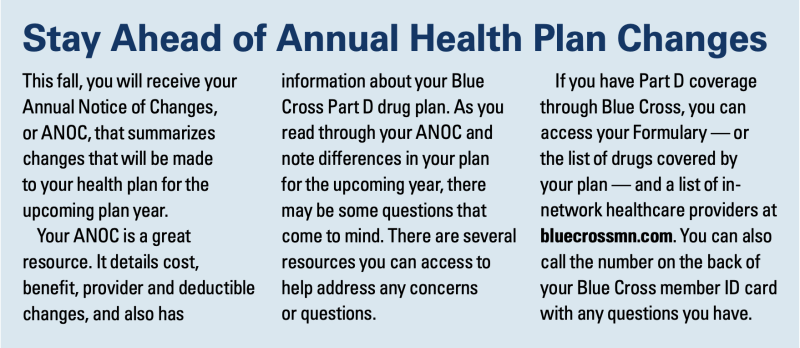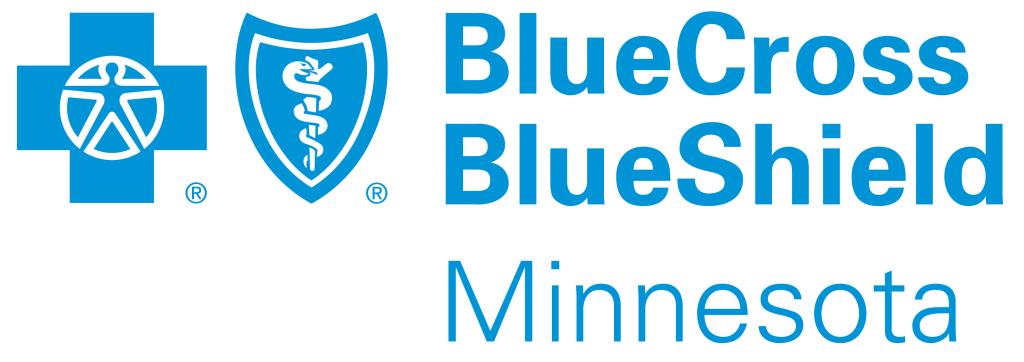If you have travel plans this year — either in the U.S. or abroad — be sure to make prescription medications part of your checklist. Managing medications while on vacation can be challenging, but with the right preparation, you can avoid problems and concentrate on what’s most important — having fun. Here are a few tips:
Order in advance
Don’t wait until the day before you travel to find out you need a prescription refill. Refill your medications at least a few days in advance and make sure you have enough for the length of your trip. It’s also a good idea to bring enough for an extra week or two in case plans change. If you have Blue Cross Part D coverage and need an early fill of a prescription, call the number on the back of your member ID card.
Pack medications in your carry-on
Never put medications in checked bags, even if they are not needed right away. You want to be sure that you have them with you at all times, for easy access and so they don’t get lost should your bags be separated from you. Checked bags can also be exposed to extreme temperatures that could alter or damage your medications.
Clearly label and organize
Use a clearly labeled pill organizer to arrange your medications, to help keep track of medication type, dosage and your schedule. If it’s helpful, bring original containers, so you have all of your prescription information.
Review TSA rules
The U.S. Transportation Security Administration (TSA) allows you to bring unlimited amounts of prescription medication in pill form, but it does outline some qualifiers and tips, which you can find at tsa.gov/travel. For example, you need to tell a TSA officer at the start of a screening checkpoint if you have liquid medication.
Know your destination’s rules
Each country has its own laws related to medications. Those might be related to medication types, quantities or other factors. Be sure you have a good handle on what is allowed before you depart. It’s also a good idea to carry a written prescription or medical certificate from your provider. If your medication is not allowed at your destination, talk to your doctor about alternatives.
Get prior authorizations
If you have a prior authorization in place (usually for a Part B medicine) and you need to get a treatment while you’re traveling, you have to get another prior authorization from the doctor or facility that will be administering the drug. If you don’t, you might have to pay out of pocket, which can be a major expense.
Know how to refill out of state
If you are a Blue Cross member with Part D coverage, you have access to a large network of pharmacies throughout the U.S. that can fill prescriptions if you have an unexpected need. But regardless of whether a pharmacy is in-network, you can explain your needs to the pharmacist and they should be able to help provide guidance.
They may need to transfer the prescription from another pharmacy, or get approval from your doctor. It’s a good idea to write down the hours and contact information of your primary pharmacy in case you need to reach them directly.
Your plan will cover the cost of an out-of- network pharmacy, but you will likely have to pay full price and submit for reimbursement. If you will be gone for more than six months, call Member Services to see if you can get coverage in the area.



